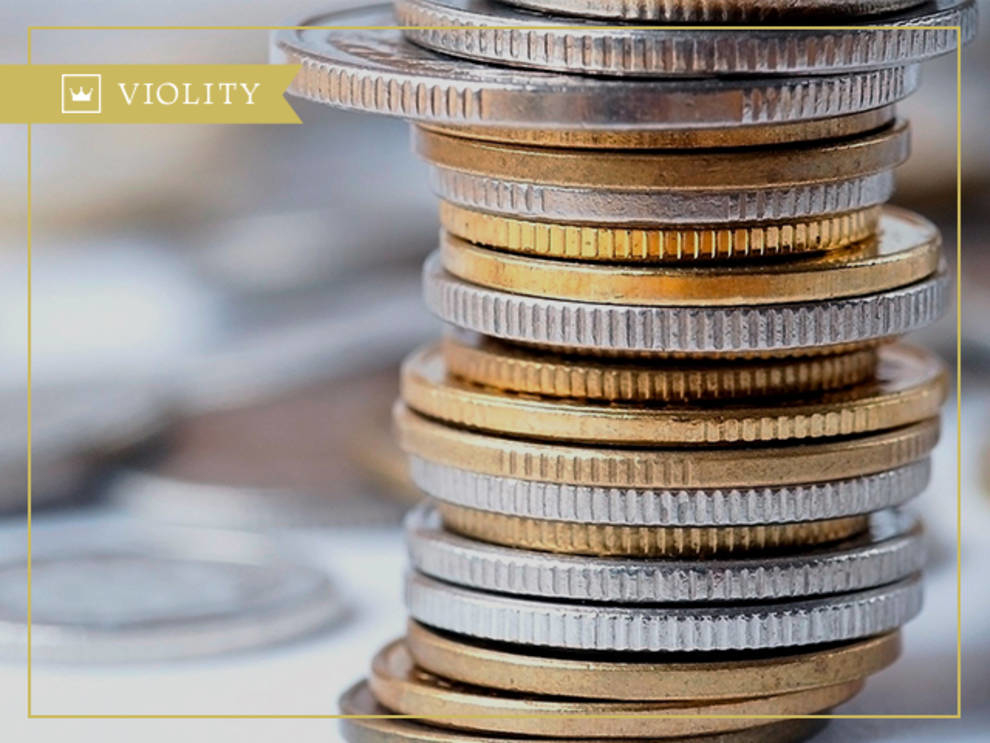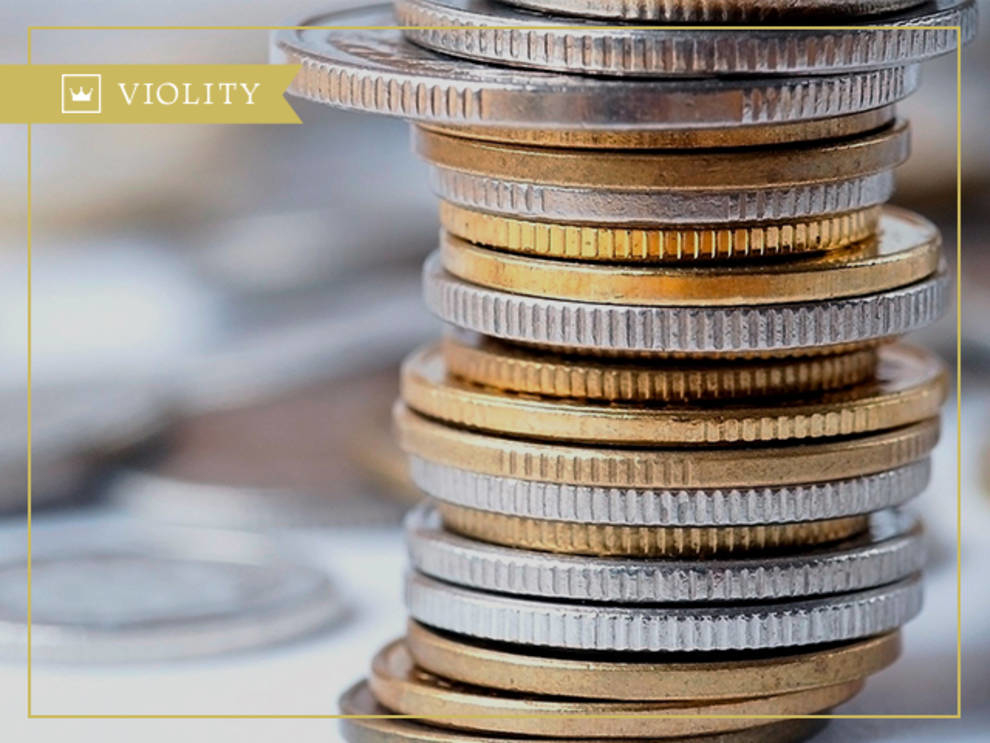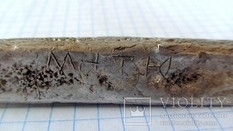
Find out why on the edges of the coins do notches

Photo © ru.wikipedia.org
You probably noticed that there are notches or risks on the edges of the coins. Traditions to mark in such a way there are already several centuries. This was almost the only way to protect against the actions of counterfeiters.
Initially, the value of the coins was estimated by the amount of precious metal contained in them. This was actively used by fraudsters who cut the edges of the coins in order to use them later to make fake money.
In the past, the exact weight of a coin was very difficult to determine. This complicated the capture of counterfeiters. But they still had to fight.
The solution was both simple and ingenious. In the manufacture of coins on their edges began to apply a thin notch. So the cuts made by scammers became immediately noticeable. This method really had an effect: the number of fakes, which were created by “plucking” of pieces of coins, significantly decreased.
At the beginning of the 16th century, a car appeared in Europe for applying patterns to the edge. In the second half of the 16th century, a split ring was invented in France for inscriptions on the edge. The first group of inscriptions appeared on French gold ecu in 1577.
Although now the need for such a method of protecting coins no longer exists, they did not stop making notches.


